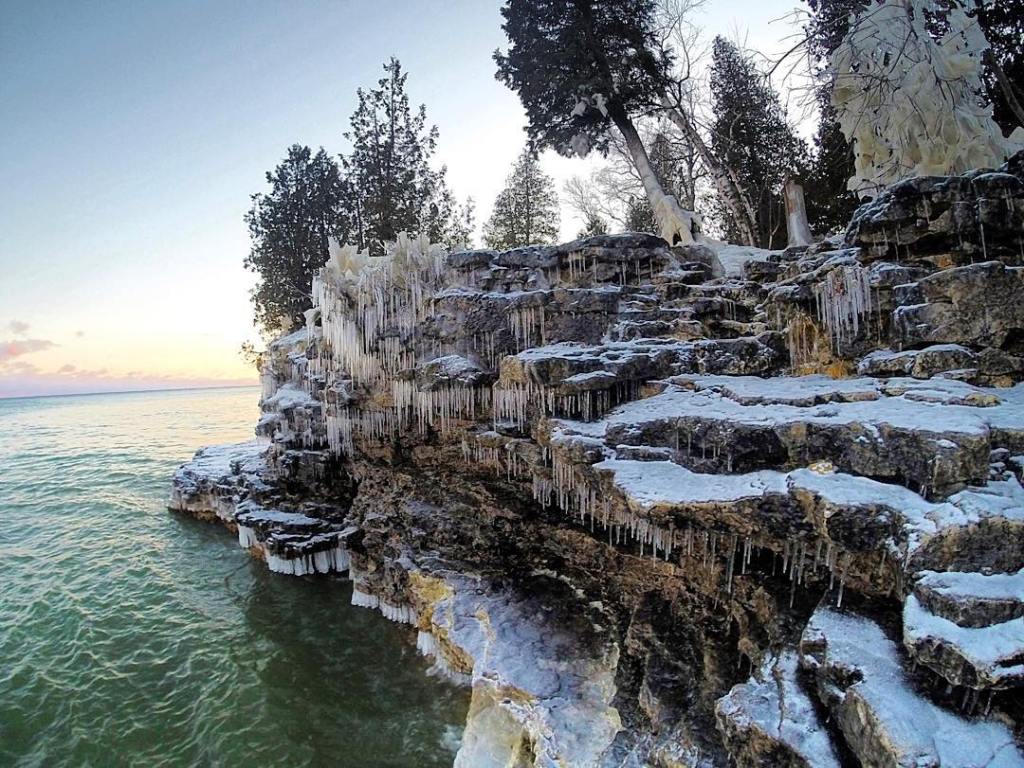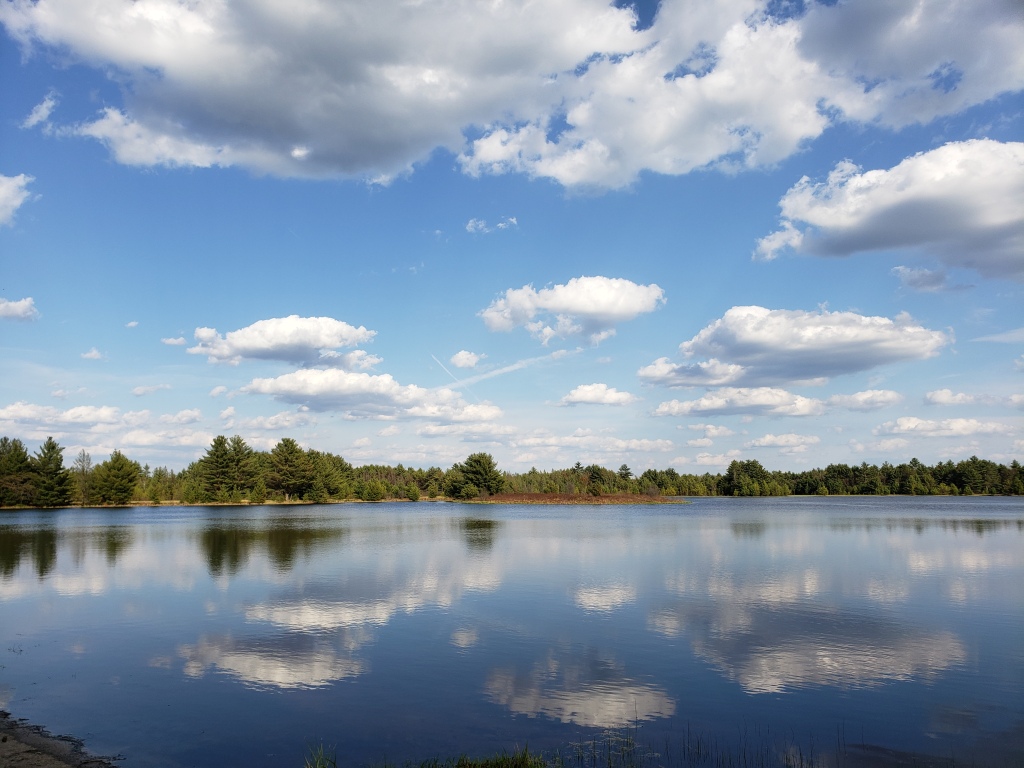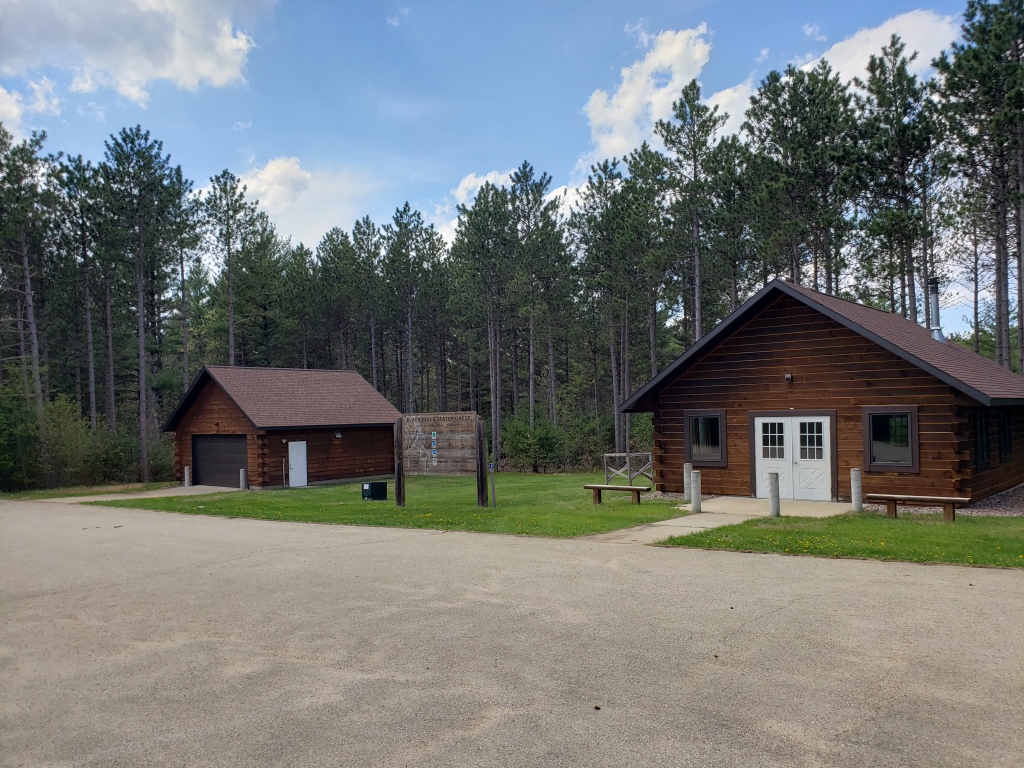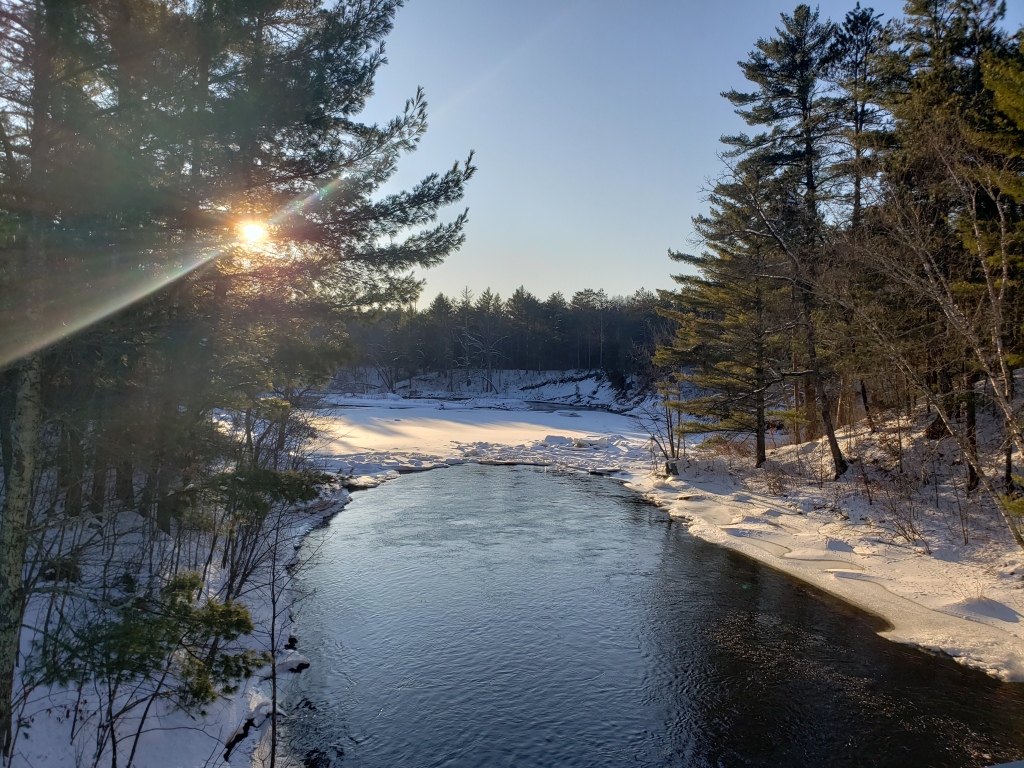When was the last time you went camping? We all have this desire to spend time in nature and escape our artificial world. According to the annual North American Camping Report only 62% of Americans go camping at least once per year. Surprisingly, that is actually up 22% since 2014. Wisconsin offers an abundance of camping land all throughout the state. Camping is a very general term and you need to decide how you plan to camp and what rules you need to follow.
1.) Decide what type of camper you are
2.) Acquire fundamental camping gear
3.) Find a spot to can camp
4.) Read the rules associated with your camping category
5.) Go camping and continue to explore!
What is your style of camping? RV, tent, canoe, survival, “van down by the river”? (C. Farley) The first thing any new camper needs to do is decide what type of camping they want to participate in. Are you someone who wants to purchase a RV or towable camper? Do you want to use a tent, but remain within a campground? Would you prefer backpacking to a remote location and making your own campsite? There are many variations people take when determining how they like to go camping.
It’s important to be aware of the category of camping you fall into because not all camping land and rules are the same. The rules and land opportunity vary depending on the location you go to and who is managing the property. There is pros and cons to each style.
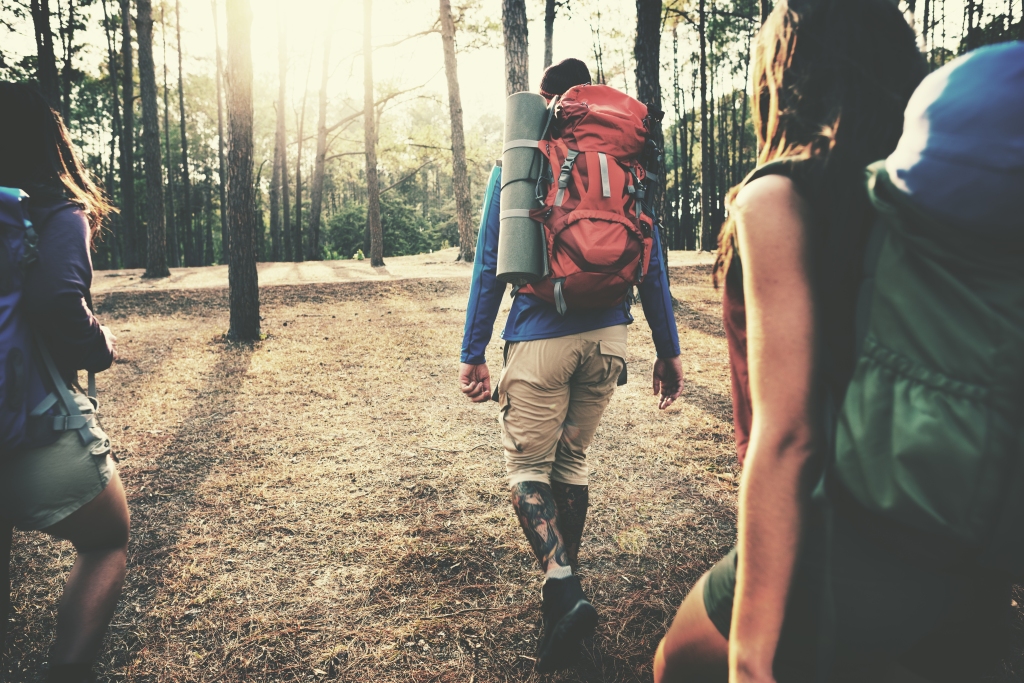
Once you decide on a camping style, you’ll need to invest in fundamental gear. To get started, not much is needed! You can always add to your inventory.
Richard from Outside Pursuits says, “Not only is it important to have the right gear, but you will want to make sure it has been carefully selected. Gear that doesn’t hold up to the abuse you’ll give it will only lead to an unpleasant experience.”
If you plan to buy an RV, you’ll need to spend some time learning about the options available. Understanding the pros and cons of each model is critical. RV’s require maintenance and can have limitations to their size. One thing to keep in mind is where you plan to take the RV. If you are going deep into the woods, what happens if you get stuck on a narrow road?
Many choose to stay a little more minimal and prefer a tent. Even with a tent, you’ll have your options cut out for you. Primarily, how many people can sleep in the tent. Often beginners want the biggest tent they can get for the most reasonable price. However, a large tent quickly adds weight to what you’ll be carrying.
An attractive category of camping is “primitive camping”. These individuals hike out to a location of their choosing and carry all their gear. Primitive campers tend to invest in small, uniquely engineered gear, such as: cookware, sleeping bags/pads, etc. An important thing to consider is a GPS. Cell signal can be limited in the woods. Landowners often require primitive campers to be at least one-hundred yards from any trail or parking lot. Even at such close distances, it is easy for someone to get lost. Accidents happen when in the woods, being able to get to safety is essential. Especially at night, navigating the woods in the dark can be very difficult even with a flashlight.
When selecting your fundamental gear, consider your shelter type, food preparation, sleeping arrangements, flashlights, and any other gear necessary for your category of camping.
Choosing a camping location can be exciting! The best place to start is by going to the Wisconsin DNR website. They offer a list of campgrounds and state land that allow camping. The DNR website also discusses general regulations and reservation guidelines.
Narrow down camping land that meets your needs. If you’re using an RV, you’ll be looking for campgrounds with designated sites. Or perhaps state land with various RV sites cleared throughout the property. Often state land that offers hunting has a limited amount of remote RV sites and they can be great sites. Keep in mind, RV’s often require some sort of waste disposal and water hookup station.
Primitive campers might struggle to find ideal locations, often needing to find specific land that allows this activity. Many landowners will designate a specific area to this type of camping and provide trails through out that land. Checking the website associated with that land will provide a lot of vital information such as: trail guides, firewood policies, vehicle parking, etc.
This is a list of backpacking land from the DNR:
I have one last piece of advice on choosing your camping location. Before you pack up all your gear, take time off work, and drive to your location, do a test drive. Go to potential camping land and check it out to see if it meets what you’re looking for. Often employees of the land can be found at a headquarters or in a green truck and provide awesome support.
That leads into the next step in getting start with camping, learning the rules. The Wisconsin DNR website offers a broad overview of the rules you need to follow. However, essential rules vary from land to land. These rules are not something to quickly glance at because they can have serious impacts on your trip. Failing to know the rules may lead to an unsatisfied trip due to preparation needs or result in a large fine on your windshield in the morning.
Fire tends to be something that is overlooked. People plan their food arrangements to be cooked over a fire and pack a lighter. However, firewood policies vary all over! Anticipating a campground to sell firewood is not always a safe bet. Once arriving to see no firewood for sale, you might resort to cutting down trees. This is almost always against the rules in campgrounds. To their credit, if everyone was cutting down trees for firewood, the camp sites would become a field and unenjoyable to others. Expect to see a ticket in the mail if you break this rule as campground workers check the site once you leave.
Almost all campsites require some sort of daily or annual pass to be on the land. Usually they’re reasonably priced and annual passes are much cheaper than expected. Some sites have self-registration stands that only take cash. Keep in mind your payment is essential to maintain the beautiful land you’re occupying and not an optional donation. Many self-registration stands have a camera along the road to record traffic in the park. They’ll make sure your license plate matches a one written on a registration form.
You’re now ready to go camping! Getting started takes a little bit of research and preparation but offers a lifetime of enjoyment. Exploring new campgrounds and finding the best spot is very exciting! Google Earth can be a great tool to get an idea of the camp environment.
Eau Claire State Forest
Eau Claire State Forest has over 52,000 acres of land with seven campgrounds. Remote camping in the forest is also allowed. There are plenty of rivers throughout the property and hunting is allowed for those who are interested. Property management maintains 183 miles of snowmobile trails, 30 miles of ATV trails, as well as mountain biking and cross-country skiing trials. For more information, Eau Claire has a very informative website.
Black River State Forest
Black River State Forest is a very well-maintained property with modern, rustic, and primitive or remote campsites. The land occupies 68,000 acres. Travel Wisconsin says, “Scenic overlooks on their peaks, you can look to the northeast where 10,000 years ago the bottled-up glacial meltwater of Lake Wisconsin once covered 1,800 square miles.” Black River is great for primitive campers. They have a large region designated for this camping style and it has 27 miles of hiking trials throughout the area. Check out Black River‘s website for more information.
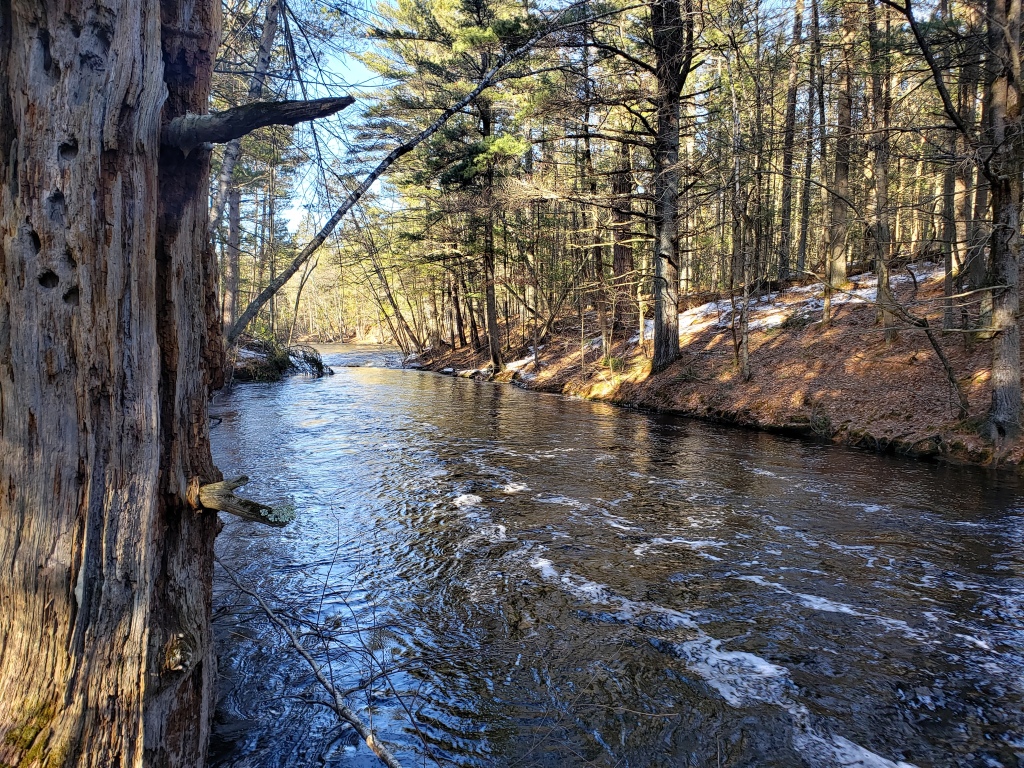
References:
Remick, Richard. “How To Choose Gear For Your Camping Trip.” Outside Pursuits, Outside Pursuits, 25 Sept. 2019, http://www.outsidepursuits.com/choosing-camping-gear/.
Group, Cairn Consulting. “2019 North American Camping Report by KOA.” North American Camping Report, Kampgrounds of America, 24 Apr. 2019, http://www.rvda.org/RVDA/Media/News_Releases/NewsReleases19/May/2019_North_American_Camping_Report_by_KOA.aspx.
Resource Center, Agriculture and. “EAU CLAIRE COUNTY OPERATIONS.” Parks & Forest | Eau Claire County, Granicus, 12 Mar. 2020, http://www.co.eau-claire.wi.us/departments/departments-l-z/parks-forest.
“Black River State Forest: Travel Wisconsin.” TravelWisconsin, Wisconsin Department of Tourism, 1 Jan. 1999, http://www.travelwisconsin.com/state-parks-forests/black-river-state-forest-204183.
“Wisconsin State Park System Camping in Wisconsin State Park and Forests.” Camping in State Parks and Forests – Wisconsin DNR, Wisconsin Department of Natural Resources, 24 Mar. 2020, dnr.wi.gov/topic/parks/camping/.
Simonowicz, Nina. “Things To Do on the North Shore, A Mile by Mile Guide.” North Shore Visitor, Jan. 2020, northshorevisitor.com/attractions/mile-by-mile/.
McCarthy, Beth and Tom Schiller, directors. Saturday Night Live: The Best of Chris Farley. The Best of Chris Farley, Saturday Night Live, 5 Apr. 2000, https://www.imdb.com/title/tt0500100/.
